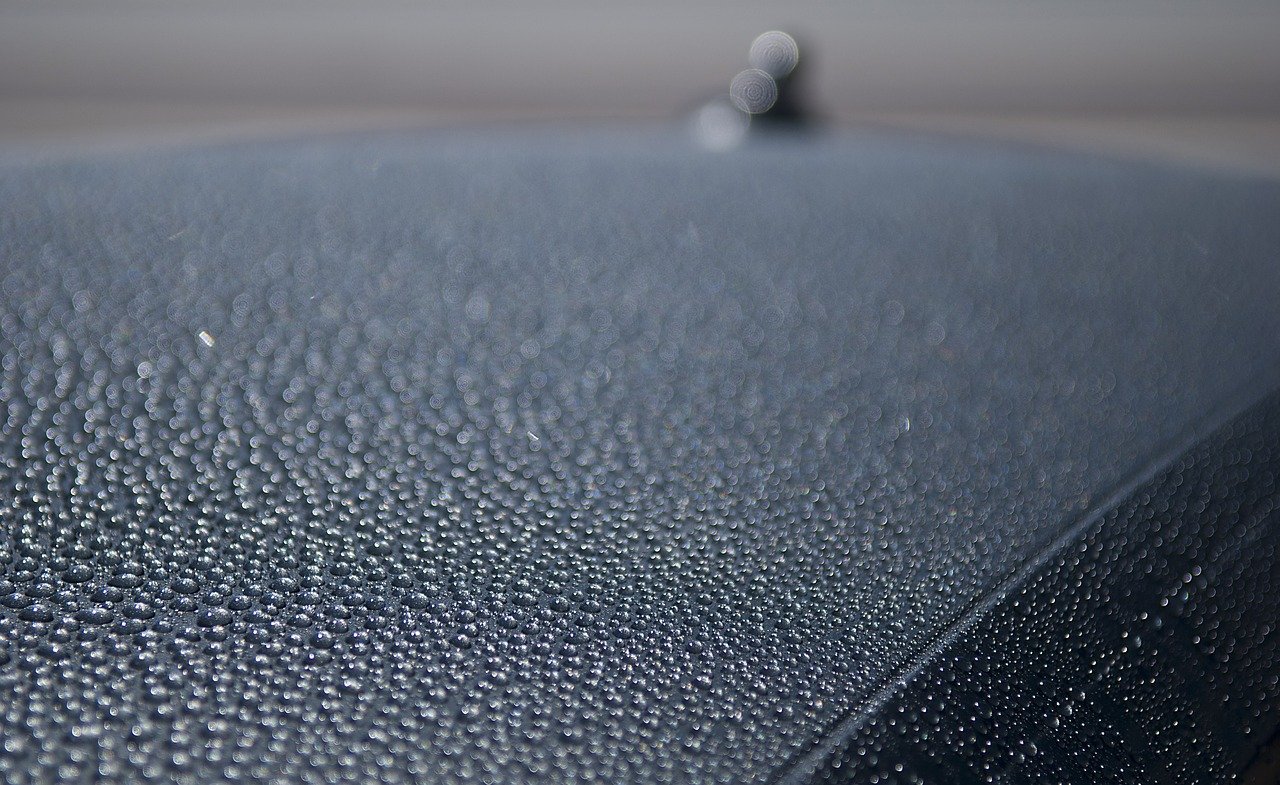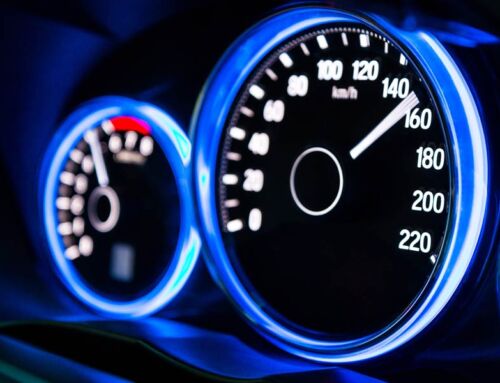The best car waxes are the ones that not only provide protection from nature’s harsh elements, but restore a car’s gloss, shine and finish.
Choosing a car wax is a matter of personal preference in terms of type, how long between waxes and performance.
Here are some of the best types of car wax for protection and restoration.
Car Wax by Type
There are three basic types or forms of car wax: paste, liquid or spray.
Paste
Paste car wax is the easiest to use and lets you apply evenly for an all-over shine and protective coat. The paste version dries to a buffing haze in less than one minute, so it’s easy to spot missed areas.
Paste wax is easy to buff out and although works well for both protection and shine, it doesn’t perform as well as liquid wax when it comes to gloss or cleaning.
Liquid
Liquid car wax not only does a great job at delivering a glossy finish, it’s also durable and cleans well.
However, it’s more difficult to apply than a paste and is more challenging to get an even application and to buff out.
It takes around a minute for liquid wax to dry to a haze for buffing, but it can take longer with a thicker or uneven application.
Spray
Spray wax is easy to apply, especially for spot waxing. It’s less messy than other types of waxes and comes in a convenient spray bottle.
Spray waxes go on fast and can be buffed out without waiting for drying time.
The downsides of spray wax are that they do little for cleaning and are not nearly as durable as paste or liquid waxes.
Special Options
Chemical-free Car Wax
If you’re trying to get away from chemicals, there are some great natural wax options available today.
Chemical-free waxes are typically available in paste form and offer great protection while delivering a serious shine.
But since the wax is natural versus synthetic, it requires more work to buff out, especially if it sets.
You’ll also have to re-apply more often than with synthetic wax versions.
Synthetic Car Wax
The ingredients in a synthetic car wax form a better bond to car paint versus natural wax.
Although natural wax may produce a slightly better shine, synthetic wax doesn’t have to be re-applied as often.
Synthetic car wax is available in spray, wash & wax and colored options for those car enthusiasts who need to match paint and cover minor scratches.
Wash & Wax
If you have limited time, simply wet down your car with water, mix the recommended amount of wash & wax in a gallon of water and apply just like you were washing your car with a mild detergent.
After rinsing off and drying the car, you’ll get a clean and shiny car in one easy step.
Scratch Cover
If you’re looking for a durable scratch cover wax that also shines and protects the finish, choose a wax in paste or liquid form.
Use the product sparingly and use accordingly to manufacturer’s directions to remove or cover minor paint scratches and swirls.
UV Protection
When you live in a hot and sunny climate, UV protection is important for protecting car paint. These types of car wax contain special UV light absorbers to deflect those damaging rays.
In addition to providing a superior shine, UV-specific wax offers great protection from sun damage.
Conclusion
Whether your goal is to give your car the best shine, protect from UV damage or use a wax for a specific paint color, the type of wax you choose can really make a difference.
When you need new car paint or auto body work, get in touch with the car care specialists at Downtown Autobody. We’ll restore your car body, you keep it looking like new with a good wax.





